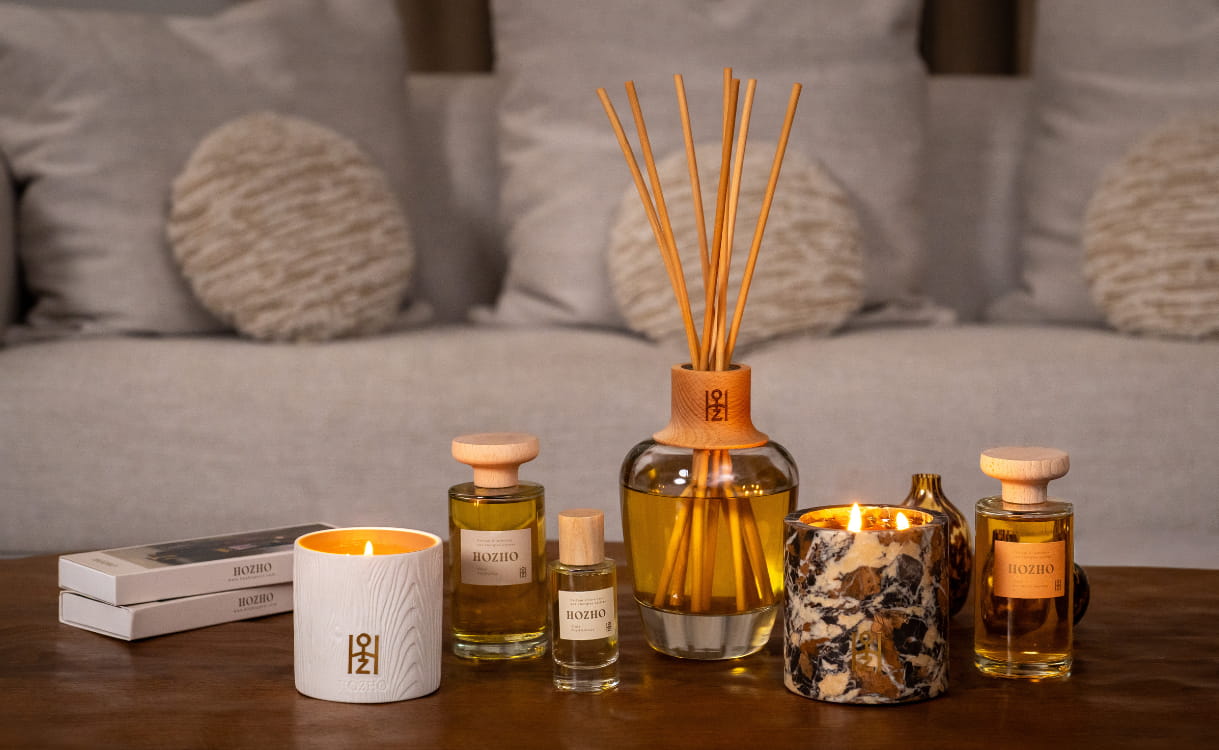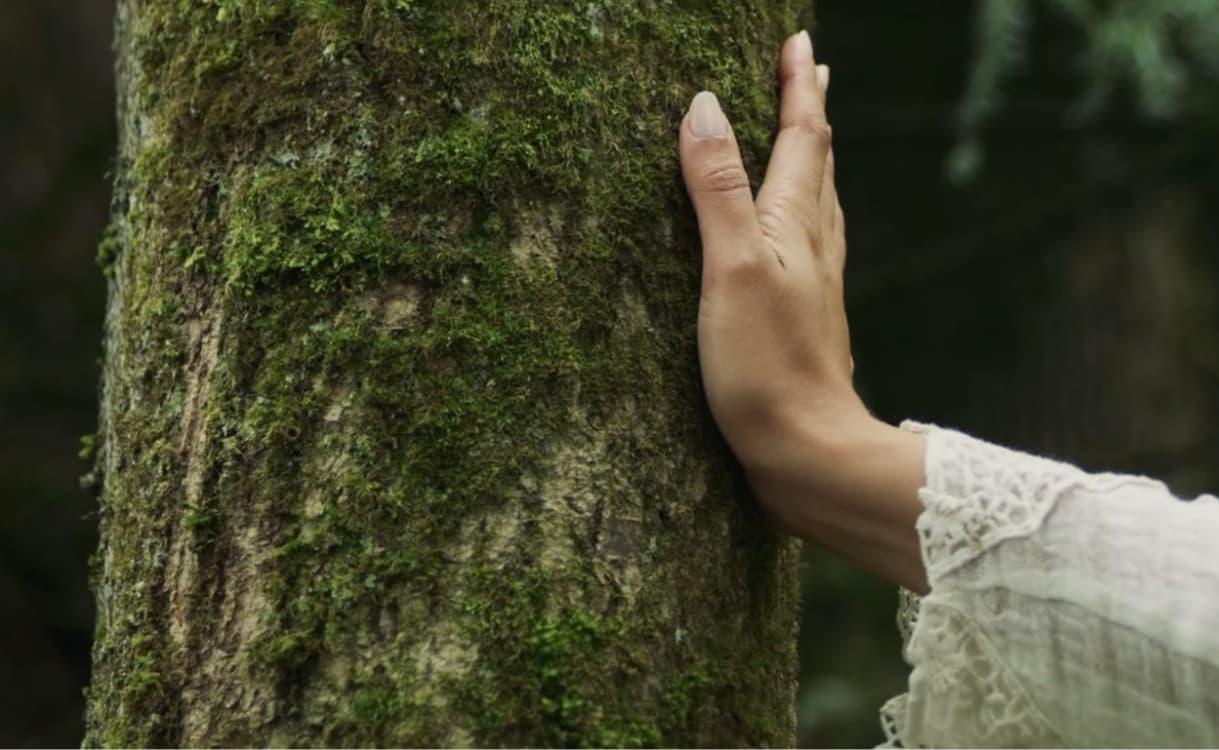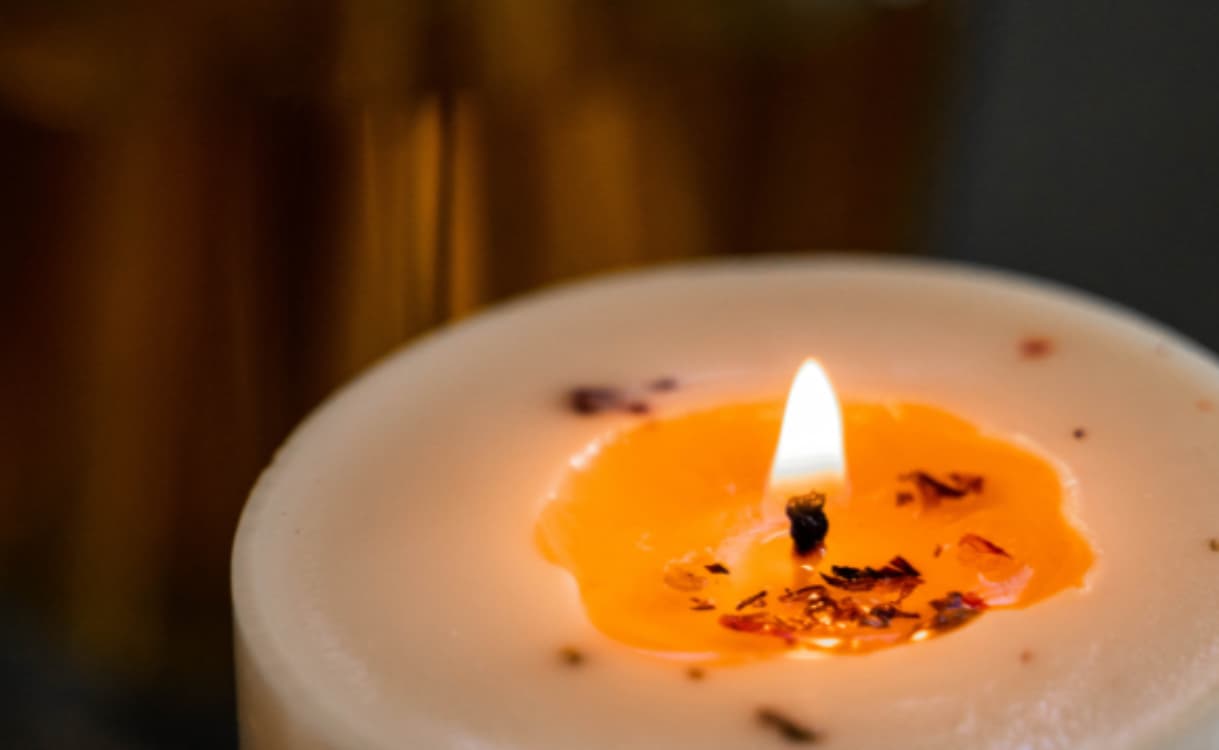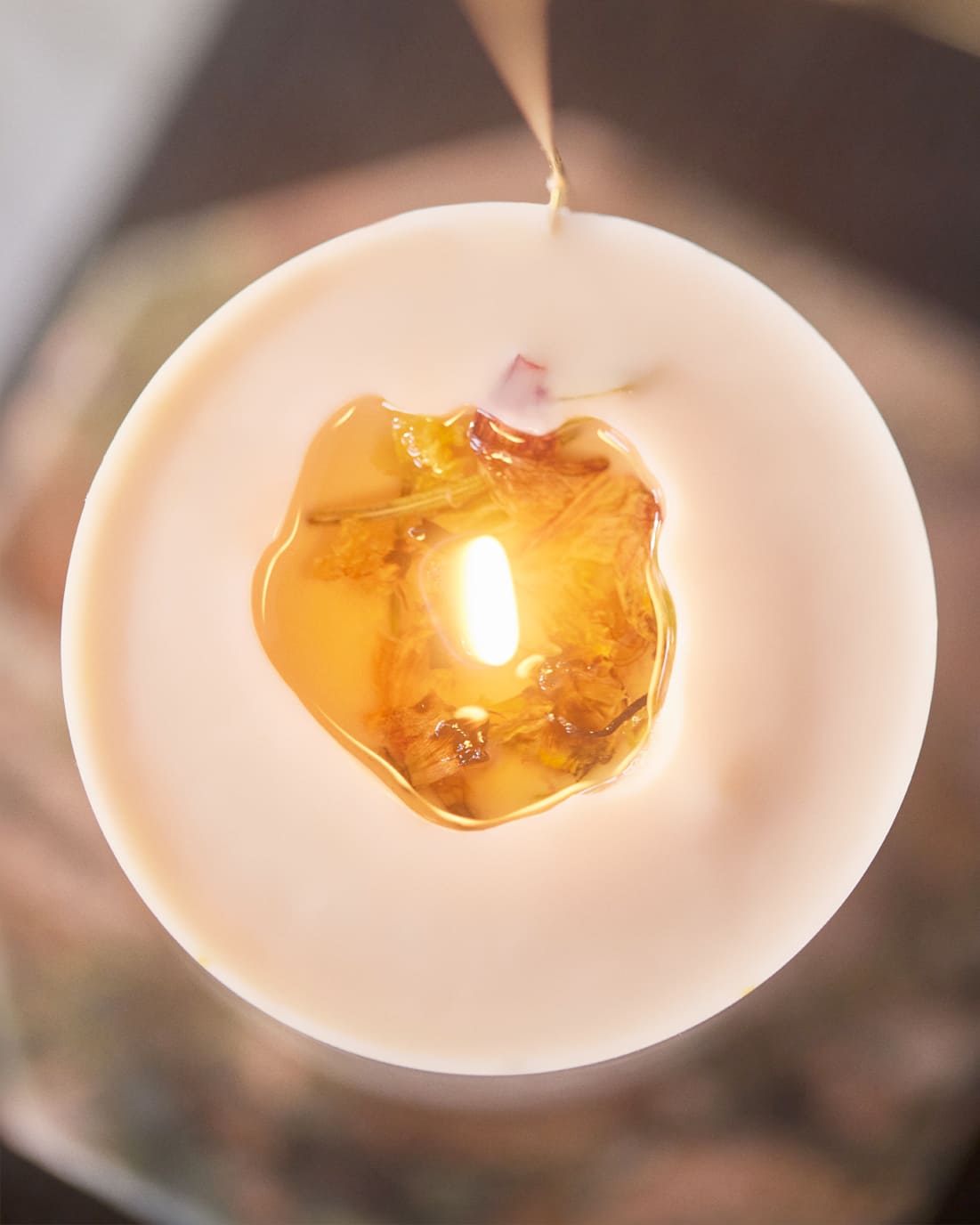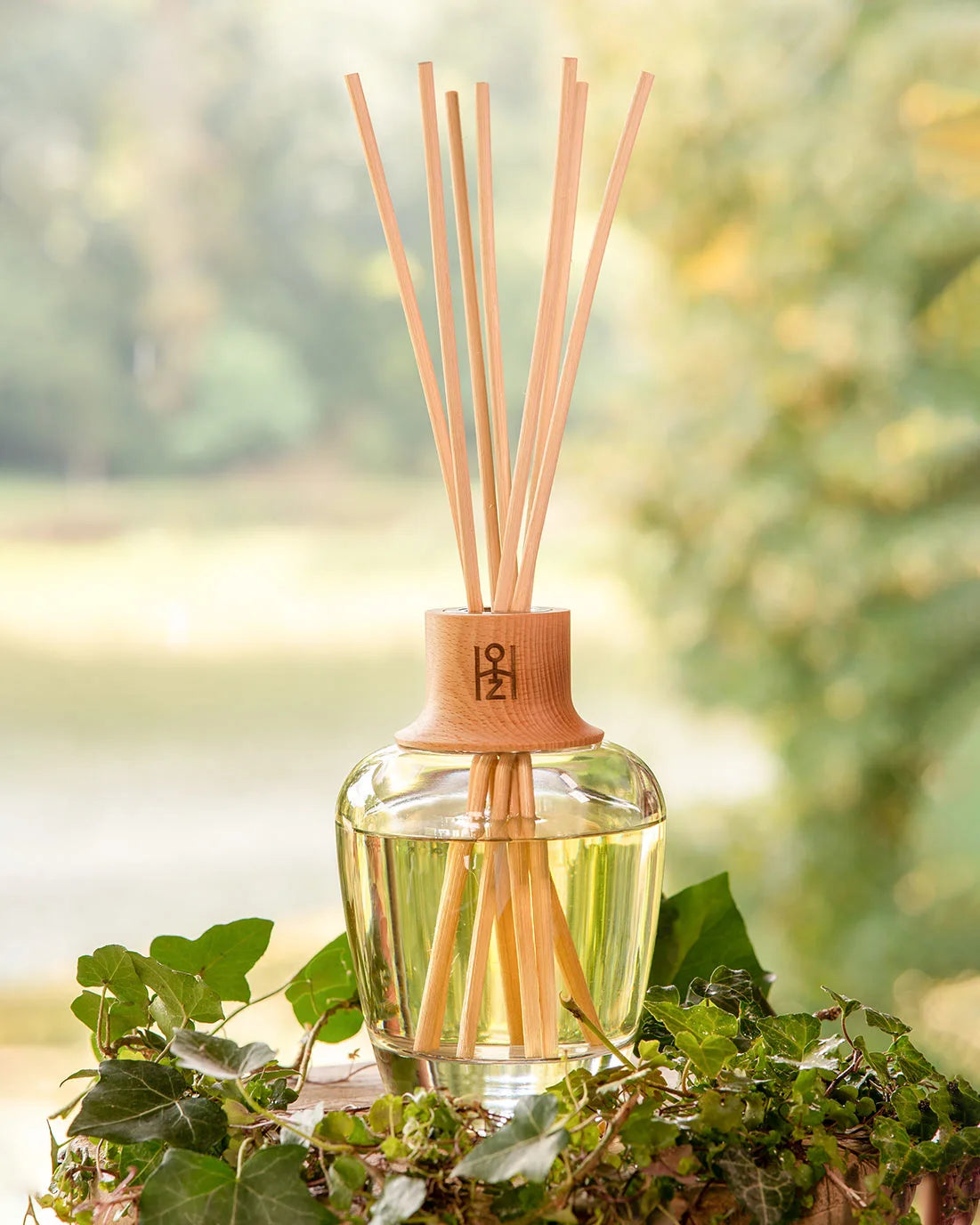Mindfulness exercises to gain serenity
What is mindfulness?
Mindfulness meditation is a grounding practice that involves being fully present and aware of what you are doing, thinking , and feeling. Mindfulness is paying deliberate attention to the present moment, observing your sensations, thoughts, and emotions without interpreting or dismissing them.
Mindfulness exercises are directly inspired by ancient Buddhist meditation practices. They are now present in the West, in psychology, sophrology, and wellness therapies. In traditional medicine, the benefits of mindfulness on mental health are increasingly studied. It has been shown to have beneficial effects on neuronal transmission, the fight against cognitive decline, and stress reduction.
What is the purpose of mindfulness?
Mindfulness meditation techniques have been developed over the centuries to reconnect the body, mind, and emotions. Its benefits are well-known in various aspects of daily life, such as nutrition, relationships with oneself and others, emotional management , and productivity.
Mindfulness for Self-Esteem
Mindfulness meditation exercises play a decisive role in self-esteem by helping us accept our thoughts and emotions without judgment. By cultivating self- kindness , we gain perspective on our negative thoughts and reduce the burden of self-criticism. Mindfulness meditation develops a more balanced and peaceful self-image.
By accepting one's strengths and weaknesses, mindfulness also allows one to better identify one's limitations and set coherent goals. This meditative practice encourages compassion and kindness toward oneself, but also toward others. It also helps one position oneself in relation to others and improve communication.
Mindfulness and Gratitude
Mindfulness encourages us to live each moment of life to the fullest without being distracted by mental ruminations related to past or future situations. Paying attention to the small things in everyday life allows us to better appreciate their beauty and detach ourselves from materialistic desires.
Mindfulness leads to greater gratitude for life, allowing us to become aware of its riches and to be grateful for them. A sunset, a shared meal or a good book are all precious moments that reconnect us with nature, with others and with ourselves. It is also by developing this gratitude that we reduce the feeling of frustration and envy that lead to futile pleasures that are never truly satisfied.
Mindfulness to Reduce Anxiety
The pace of daily life and its untimely demands create a rhythm that our minds struggle to regulate on their own. Mindfulness tools are particularly useful for interrupting the flow of repetitive and intrusive thoughts. Mindfulness teaches us to observe our thoughts without clinging to them or reacting, which helps prevent us from amplifying our negative emotions.
Time is also being tamed from another angle: we now prioritize individual tasks, taking into account their finite nature. This single-task approach facilitates concentration by reducing the stress associated with carrying out several parallel activities.
Anxiety often triggers automatic responses like avoidance (procrastination) or hypervigilance, which leads to mental overload. Mindfulness allows us to become aware of these automatic responses and develop a more appropriate response.
Mindfulness also affects the parasympathetic nervous system, which is responsible for relaxation and rest. Practicing mindful breathing and relaxation techniques helps the body and mind rest. This reduces the production of cortisol (the stress hormone) and promotes a state of calm and relaxation.
Mindfulness for Emotion Management
Mindfulness exercises directly impact stress management and self-esteem, leading to better emotion regulation. Accepting one's emotions also helps create space between them and the triggering of a reaction. This space allows one to reflect before acting in order to choose an appropriate response. Mindfulness thus reduces impulsive reactions that can arise during stressful or conflictual situations.
This ability to manage emotions with more distance also allows us to better cope with difficult situations by not letting ourselves be overwhelmed by them. It has also been observed that certain regions of the brain, such as the prefrontal cortex involved in reflection and emotional control , respond differently in individuals who practice meditation. At the same time, the size and activity of the amygdala, the center of fear and stress in the brain, decreases thanks to mindfulness.
As a result, people who meditate regularly show reduced emotional reactivity , which allows them to better manage difficult emotions and reduce their stress levels. There is also greater brain plasticity due to better cognitive recovery. They have better quality sleep and a lower emotional load , which reduces the risk of burnout and depression .
Mindfulness and Creativity
By reducing mental distractions and recurring thoughts, mindfulness promotes the creative process . Letting go facilitates the expression of your imagination, increases attention and concentration.
Mindfulness encourages us to be more in tune with our internal sensations, thoughts, and emotions. By paying closer attention to these signals, individuals develop a more refined intuition and more easily find new and innovative solutions to their projects. Mindfulness also fosters an exploratory mindset by being open and attentive to every experience, even the simplest.
Mindfulness and nutrition
Mindfulness plays an important role in nutrition by developing a more conscious and balanced relationship with food. For example, it helps us be more attentive to hunger and satiety signals by being fully present during meals. Chewing is also more efficient, which is essential for restoring harmonious digestion. This reduces the risk of overeating and compulsive snacking.
Practicing mindfulness also helps you better identify the emotions that trigger food cravings, such as stress, sadness, or anxiety.
How to Practice Mindfulness
Mindfulness practice can be done at any time of day: during breaks, while walking, during recreational activities, at meals, or before bed. Connecting with nature, as well as aromatherapy and yoga poses, can also aid your meditation practice.
At HOZHO, we offer meditation candles and energetic fragrances for the body and home, specifically designed to facilitate your introspective journeys.
Conscious breathing
Mindful breathing (pranayama) involves observing the natural movement of air in and out of the body, without trying to change it. It involves paying attention to the physical sensations associated with breathing, such as the air passing through the nostrils, or the rise and fall of the abdomen or chest.
To do this, you can sit comfortably in a quiet place, close your eyes, and focus on the flow of air in and out. Breathe naturally, without trying to control the natural movement of your lungs and rib cage, and observe the physical sensations.
Body scan
Body scanning is a mindfulness meditation technique that involves paying attention to each part of your body in a systematic and progressive manner.
You can practice the body scan sitting or lying down, closing your eyes and focusing your attention on your breathing. Start by focusing your attention on the sensations in your feet, then gradually move up through your entire body (legs, stomach, chest, arms, neck, head). At each step, become aware of the sensations present, whether pleasant, unpleasant, or neutral. Don't try to change these sensations; simply observe them without judgment.
Conscious observation
Mindful observation develops mental clarity , emotional regulation , and cultivates an attitude of non-attachment to internal and external events. It involves focusing on what is happening here and now, whether thoughts or bodily sensations, without being distracted by the past or the future.
When thoughts or emotions arise, observe them without reacting or analyzing them. Let the thoughts come and go like clouds passing across the sky.
Mindfulness in Nature
Mindfulness in nature involves practicing conscious attention outdoors , being fully present to what is happening around you and interacting with natural elements. This approach can strengthen the sense of connection to nature, while promoting a deep sense of calm and well-being .
Mindful immersion in a natural setting is known to reduce cortisol, the stress hormone. Being in contact with nature while practicing mindful attention calms the mind and reduces anxiety.
While walking in a park, forest, or countryside, focus on each step, the feel of your feet on the ground, the breeze, and the surrounding sounds. Return to the present moment whenever your mind begins to wander.
Find a quiet place, sit down, and close your eyes. Focus on the sounds, smells, and sensations around you without trying to change them. Simply let yourself be.
Breathe deeply, paying attention to the quality of the air you inhale, how it passes through your lungs, and the exhalation that connects you to the present moment.
Mindfulness exercises while walking
Mindfulness exercises while walking combine the physical benefits of activity with the mental calm that comes from mindfulness. By paying attention to each step, mindful walking strengthens your ability to concentrate , helps you better understand the signals your body is sending, and encourages self-awareness.
Mindful walking is also very useful for focusing your attention on your five senses. Focus on the sounds, sights, touches, tastes, or smells of the natural elements around you.
An advanced technique is to synchronize your steps with your breathing: take 3 or 4 steps while inhaling, then 3 or 4 steps while exhaling. This rhythm creates harmony between your breathing and your movements, facilitating concentration.
Mindfulness during meals
Mindfulness during meals involves eating with conscious attention to every step of the process, from food preparation to tasting, sensations, tastes, and emotions. This approach allows you to fully savor each bite while developing a healthier and more balanced relationship with food.
Mindfulness and Yoga
Yoga can be seen as a form of moving meditation , where the mind is grounded in the body through mindfulness. Transitions between postures and moments of stillness (such as in savasana or child's pose) provide an opportunity to meditate and observe one's thoughts. These also promote brain circulation, which reduces anxiety and calms the mind.
Guided Mindfulness Meditation Exercises
There are many resources for practicing guided mindfulness meditation (YouTube, podcasts, apps). During these sessions, a voice guides you through each step of the meditation and helps you develop your focus. There are different themes: candle meditation, mindful breathing, loving-kindness meditation, etc.
At HOZHO, we create energetic fragrance collections designed to restore balance between you, your mind, your emotions, and your environment. Our energetic fragrance home care products purify, harmonize, and protect the energies of your living spaces while creating a space conducive to spiritual upliftment.
Handcrafted with respect for nature, our products are non-polluting and non-hazardous to health. They are created through an ancestral heritage that places your emotional and spiritual well-being at the heart of energy regulation.
*98% of ingredients are natural.
Sources:
Chételat, G., Arenaza-Urquijo, E., Lutz, A., Collette, F., Klimecki, O., & Marchant, N. (2018). Why could meditation practice help promote mental health and well-being in aging? BMC, June 22, 2018. Retrieved from https://alzres.biomedcentral.com/articles/10.1186/s13195-018-0388-5 .
Xiong, G.L., & Doraiswamy, P.M. (2009). Does Meditation Enhance Cognition and Brain Plasticity? The New York Academy of Sciences, August 28, 2009. Retrieved from https://nyaspubs.onlinelibrary.wiley.com/doi/10.1196/annals.1393.002 .

